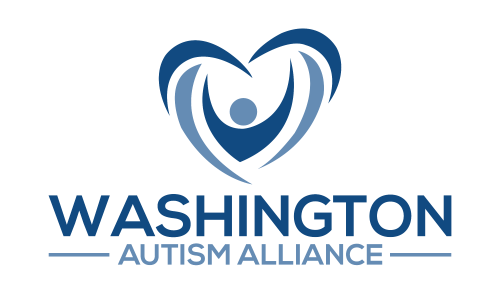Too often, Washington schools resort to restraint and isolation as part of instructional plans for students with autism and other disabilities. Children who pose no danger to themselves or others can be forced into isolation rooms for not following instructions. Non-violent children can be physically restrained.
It’s important to recognize that non-compliance often stems from fear, lack of understanding or inability to communicate. Our schools must do everything possible to preserve children’s dignity and rights.
Why non-emergency restraint and seclusion policies must end.
- Students are getting hurt.
A U.S. Senate report found that children are at significant risk of injury from restraint and seclusion. A Harvard study estimated that such policies could be responsible for up to 150 deaths per year.
- Washington schools resort to restraint and seclusion too often.
Schools across the state reported using mechanical restraints 1,000 times, physical restraints 5,000 times and seclusion 7,000 times in the 2011-12 school year. Not all restraints are reported. Many other states have stronger restrictions.
- Restraint and seclusion doesn’t work.
Besides posing profound safety risks, the planned use of restraint and isolation does not teach better behavior. In contrast, positive behavior intervention and therapies like applied behavioral analysis show genuine improvement.
Responsible reform will help teachers and students.
- Prohibit the planned use of restraint or isolation as part of an individual student’s program.
Coercion is not an effective teaching tool. It builds distrust between student and educator, undermining learning and creating an environment of fear.
- Continue to allow the use of restraint or seclusion to guarantee safety—when there is a real risk of injury to staff, students or property.
Protecting the safety of staff and students is important. If a student’s behavior poses a clear and present danger of seriously harming someone, restraint or seclusion should be allowed.
- Promote staff training and instructional methods that actually work.
Multiple studies have shown that students with disabilities respond better to positive reinforcement and comprehensive therapies like ABA to promote appropriate behavior. Helping schools be more effective benefits everyone.
How you can help
- Call your 2 state representatives (Type in your address to look up their contact information).
- Let them know you’re their constituent, this is am important issue for your and your family. Share a personal story if your child has lost educational opportunities due to seclusion or if they have experienced restraint is a seclusion room.
- Ask them to support banning non-emergency seclusion and restraints.
- Email their assistant a copy of the WAAA one page information sheet and a copy of powerpoint, both attached below.
- Sign up as a District Advocacy Leader, takes no more than 15 minutes a week. Training and talking points are provided. For more info, please contact our office.
If your legislator or their staff asks questions you can’t answer, please refer them to our CEO or Advocate staff here at WAAA.
Thank you for giving autism 5 minutes today. Together we can ban harmful seclusion and restraint.
Supporting documents:

